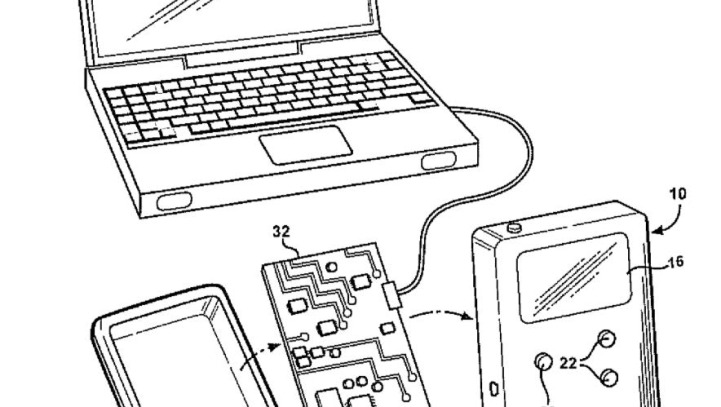What is a Patent?
A patent is an intellectual property right granted by the United States government to an inventor “to exclude others from making, using, offering for sale, or selling the invention throughout the United States or importing the invention into the United States” for a limited time in exchange for public disclosure of the invention when the patent is granted. The United States Patent and Trademark Office (USPTO) makes the final determination as to whether or not an inventor is entitled to a patent. Once a patent is issued, the inventor has to enforce his or her patent rights.
There are three types of patents:
A utility patent may be granted to anyone who invents or discovers any new and useful process, machine, article of manufacture, or composition of matter, or any new and useful improvement thereof. There are two types of utility and plant patent applications: provisional and nonprovisional. A provisional patent application allows an inventor to establish a filing date by filing some basic information about the invention. A provisional patent application is not examined and expires after 12 months. If a provisional application is filed, a corresponding nonprovisional application must be filed during the 12 month pendency period of the provisional patent application. Unlike a provisional patent application, a nonprovisional patent application is examined by the USPTO. If all of the USPTO requirements for patentability are met, a patent is issued. A patent attorney is able to discuss the additional filing requirements for a patent.
A design patent is granted to anyone who invents a new, original, and ornamental design for an article of manufacture. A design patent application may relate to the configuration, shape, or surface ornamentation of an article.
Plant patents are granted to anyone who invents or discovers and asexually reproduces any distinct and new variety of plant. A plant patent lasts for 20 years from the date of filing the application. An inventor can then exclude others from asexually reproducing, selling, or using the plant so reproduced.
Leave a Reply
You must be logged in to post a comment.

